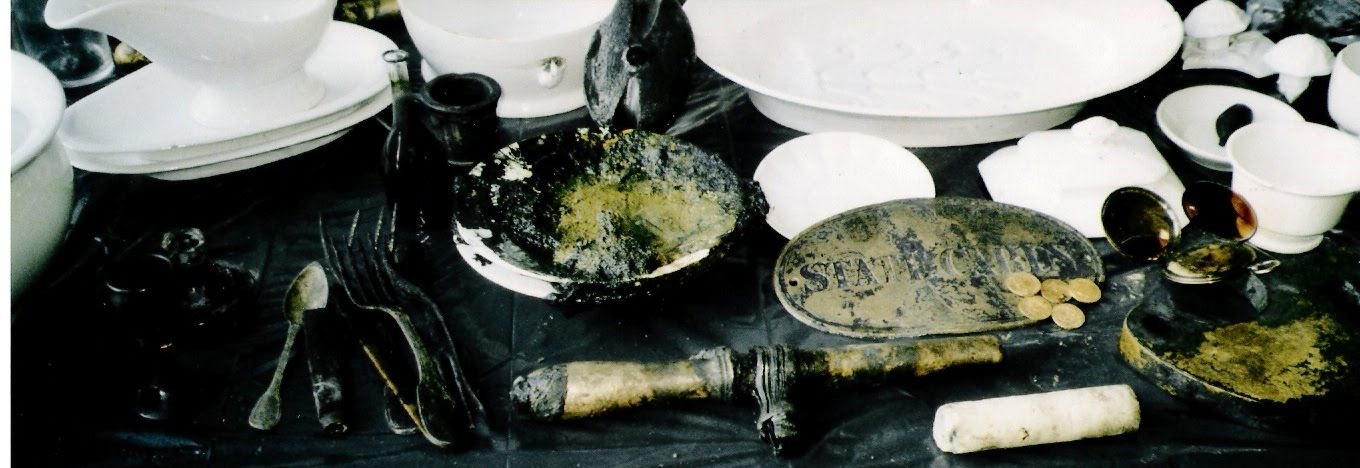Jayanthi Madhukar -
What makes filmmaker Bhushan Bagadia different from the rest? Try underwater filming for size. Having just finished shooting the beaches of Karnataka for a travelogue project, Bhushan added one segment of underwater filming that's bound to impress viewers.
"Many people had told me that Indian waters are murky with low visibility, so I needed to check that out. When we were shooting the beaches along the Karwar-Mangalore coast, I thought to include Netrani Island which can be reached by boat from Murudeshwar in North Kanara district. And the diving experience there was beautiful," says Bhushan. It was his first dive in the Indian waters though he's dived in UK, Thailand and Australia. Bhushan is a trained rescue diver and is now raring to go to the next level of a diving master. "As an underwater filmmaker, you don't have to be a good swimmer.But diving training is essential. One needs to be at least a rescue diver (the first two levels are the open water and advanced open water diver courses) to go in water and shoot. I am also a certified underwater videographer for which I trained in Koh Tao in Thailand which is called the scuba diving capital of the world.
We started with making souvenir shots of first-time divers," says Bhushan. He first learned diving in Cornwall, UK, along with his sister who discontinued midway as the water was too cold. "I never miss a chance to point that out to her though she got to complete the course in the Red Sea which was amazing," he says.
Underwater filming is similar yet very different from filming on land. The cameras used are same but, as Bhushan explains, "The costing becomes almost double as we need to have the specific 'housing' (cover) for the camera which costs the same as the camera. One gets positively buoyant housing that float up if it slips from your grasp and the negatively buoyant housing that gently goes down if left free. For me, the negatively buoyant housing works since it is heavy, strong and gives a steady shot." It takes, however, more than the housing for those steady shots. "You must remember that in water, unlike land, you can't steady the camera by standing still. It is with the breathing that the camera is made steady," Bhusan explains.
Posted via http://batavia08.posterous.com batavia08's posterous
.jpg)
No comments:
Post a Comment